Otolaryngologist, head and neck surgeon Francis T. Hall discusses the evaluation of thyroid nodules, which primarily aims to determine the likelihood of malignancy. He then reviews the treatment of thyroid nodules and thyroid cancer, including recent advances in management
RURAL ISOLATION: shouting into the void
RURAL ISOLATION: shouting into the void
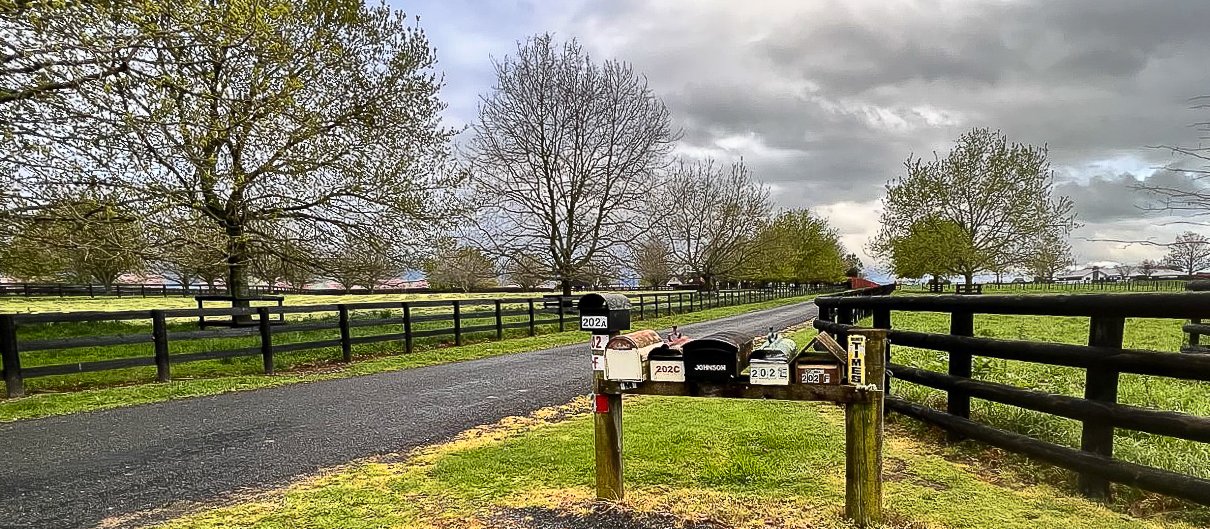
It has got to the point that specialist GP Tim Malloy is so desperate to see ‘something done’ to fix understaffed rural health services, he would probably accept anything offered. After listening to the fears, hopes and dreams of rural health advocates, Zahra Shahtahmasebi gives them voice
All clinicians need to understand rural people, it needs to be linked together like DNA
It is deadly silent, says Grant Davidson.
Almost three years have passed since then-health minister David Clark shocked the National Rural Health Conference in Blenheim by throwing his weight behind rural health training hubs.
But there has been nothing but silence on the hubs ever since, says Dr Davidson, chief executive of the New Zealand Rural General Practice Network.
Dr Clark’s conference address was received in silence at first, but resounding applause soon followed.
With an impending health workforce crisis in rural areas, the sector had been on the verge of giving up hope, but now the cautious optimism in the room was palpable.
Finally, it seemed the wheels of change were in motion, and rural general practice leaders were keen to see this proposal brought quickly to life. It was not to be. (And Dr Clark was not to be minister for much longer.)
Current health minister Andrew Little has had a briefing paper on rural interprofessional learning initiatives on his desk since December 2020.
The rural network met with Mr Little in January 2021. Dr Davidson urged him, “Go and read that report now.” Then came the National Rural Health Conference in April 2021, when delegates held their breath for Mr Little’s address. But, Dr Davidson says, “it was deadly silent” on the matter of hubs.
He says the workforce shortage is now a massive crisis, one that is getting worse, and the sector has had no sign from the Government of any action plan to fix it.
Dr Davidson has been asking the Ministry of Health for data on rural disparity in health outcomes since “forever”, but hasn’t received it. The same can be said for data on inequity for rural Māori.
Mr Little tells New Zealand Doctor Rata Aotearoa that COVID-19 has slowed progress, but work continues on short and medium-term rural health initiatives. In an email, he says that the briefing paper is still under active consideration.
This has led the ministry to work with the RNZCGP on more options for GP placements in rural and regional areas. Twenty-four non-resident applicants were funded last year on condition they be placed in rural and regional locations.
There has also been continued funding of interprofessional education programmes on the West Coast, in Tairāwhiti and Whākatane, as well as support for nurse practitioner placements across five rural locations, and rural health career promotion programmes in schools.
Mr Little says improving rural healthcare is one of the reasons the Government is reforming the health system. Healthcare should not depend on “where you live”.
“There is no doubt we need more GPs, for rural areas and elsewhere. We have said we will fund as many people who apply to train, and in 2021 there were 210 first-year GP trainees, the highest number there has ever been.”
All this may not be making a great deal of difference. Jeremy Webber, the rural network’s clinical director rural health, says the ministry’s solutions, while successful, are just a drop in the bucket.
Rural placements give students a taste and a connection with rural – but then they’re pulled back to urban, Dr Webber says.
“It’s ‘frilly round the edges’ stuff, not the bold change needed. The numbers in terms of what [staff] we need to replace in rural are too vast to be impacted by frilly round the edges.”
The issue has become so dire, someone needs to “man up” and invest: “You can’t take down the All Blacks if you don’t tackle [Ma’a] Nonu first.”
Considering many solutions for rural health staff shortages have never seen the light of day over the years, the failure of the training hubs to eventuate comes as no surprise to Kati Blattner. The Hokianga specialist GP and rural hospital doctor wasn’t excited about the proposal from the get-go.
Dr Blattner says the health system is urban-centric and holds rural at the periphery. But now the writing is on the wall, she says, pointing to a rural workforce understaffed to the point of crisis and low numbers of people stepping up to join it.
Rural general practice has been undervalued; it needs to be given status, and to be incentivised as a career pathway for people to pursue, says Dr Blattner.
A lot more education opportunities are needed and so, too, is support to create academic posts where rural practitioners can carry out research and teach, not just keep pushing through their clinical work until they “are tired out”.
Afew months prior to that noteworthy conference address, Dr Clark had quashed proposals for a school of rural medicine from the University of Waikato, and a bid from the Auckland and Otago medical schools for a rural health training network.
The idea of a medical school focused on rural medicine still has its supporters. The school would sit within rural communities, providing end-to-end training and cultural support.
Rural nurse Jean Ross, a professor of nursing at the Otago Polytechnic, is not a fan. Professor Ross says such a medical school could lead to current training programmes dropping their rural element.
“It shouldn’t be about rural versus urban,” she says. “The majority of rural people at some stage will attend a tertiary hospital – so all clinicians need to understand rural people, it needs to be linked together like DNA.”
Consultant and long-time rural health champion Kim Gosman (Ngā Puhi, Ngāti Kahungunu ki Wairoa, Ngāti Tautahi) was formerly a nurse, midwife and managing director of a community health provider. Mrs Gosman says Australia’s rural and remote health service can provide solutions for New Zealand.
She visited Queensland’s James Cook University in the early 2000s with specialist GP colleague Graeme Fenton. At the time, they were the North Island’s directors of rural health.
James Cook’s school of nursing had 1000 students enrolled, and a similarly large medical school, and the students lived “literally miles” away, physically touching base with the university maybe twice a year.
All the training was done in multidisciplinary teams, and these teams connected and learned online together.
Mrs Gosman says this was an apprenticeship model, similar to the way earlier cohorts of nurses were trained. Students were paid for their placements, and had a roof over their heads, a uniform, three meals a day and some personal spending money.
Both she and Professor Ross lament not just the financial strain on today’s nurses, who must self-fund their rural placements, but also the lack of rurally focused education at an undergraduate and postgraduate level.
Mrs Gosman says the burden on Māori nurses is heavier, as they may have family responsibilities and be involved with their iwi and marae.
A proportion of students drop out after the first 16 months, finding the challenges insurmountable, and there is a lack of support to help them through, says Mrs Gosman.
Even getting on the first rung of the ladder towards a health professional career is hard for rural people. Some may not have access to study science in school.
“Communities need to be involved in rural education and designing the plan that works for them.
“If you engage with the community and get behind them, you’ll see success in ways you don’t even think about – it’s a win–win.”
Primary health services, particularly Māori-led ones, continue to be chronically underfunded.
Starting in 1993, Mrs Gosman spent 15 years with Tūwharetoa Health, a Māori health provider built from scratch, by Māori, for Māori.
Being underfunded from the outset and servicing 12-month contracts made it hard to know whether the service would survive.
“It felt like we were being set up to fail, so we had to work harder and smarter to keep going.”
After three years in business, the ministry asked her what social changes the service had made. Her response? “Come back in 25 years and I’ll tell you.”
Evidence of the service’s success came four years ago, when Mrs Gosman attended a kapa haka competition for kaumatua at Te Papa Tongarewa in Wellington.
Participants had to be aged 70 or over and, for the first time, Ngāti Tūwharetoa entered a team, two of whom were 85.
“When we first started, you could count the number of 70-year-olds on one hand.”
Helping people live longer, better lives requires the power brokers to put their differences aside, and work together to create change, says Mrs Gosman.
“Services like whānau ora work, but need to be made amenable. What Tūrangi needs is different to the Far North, so we need to be willing, creative and flexible to make that change and it needs to come from the top.”
After a 35-year career in medicine and rural general practice, specialist rural GP Tim Malloy feels he no longer cares what happens, so long as “something” does. And whatever that change is, it needed to happen yesterday, says Dr Malloy.
“I’m not for a moment suggesting we need equal healthcare in rural, just equitable: services that are useful, meaningful and available.”
It is a “national shame”, he says, that New Zealand’s medical workforce is chronically understaffed and reliant (for at least the last 40 years) on international medical graduates.
“It’s disgraceful, but we’re also completely dependent on them and grateful for their contribution.”
NZ Rural General Practice Network chair and specialist GP Fiona Bolden says two GPs at her Whangamatā practice are over 70.
Similarly, six of the 20 doctors working for Dr Malloy’s nine Auckland clinics are over 65. If those six GPs retire, Dr Malloy says he doesn’t know how his practices will continue. Rural GPs are increasingly hard to come by.
Dr Bolden says rural GPs nearing retirement can’t actually retire. They feel responsibility and duty towards their communities, and “just work until they die”.
The scale of investment into rural healthcare, sufficient to meet need, would no doubt be large.
Dr Webber concedes that change is hard and expensive. The challenges in rural healthcare are not low hanging-fruit the Government can easily grasp. But he says there will always be excuses not to do it, and stalling saps momentum.
Dr Malloy guesstimates it would take $500 million to $1 billion to correct the issues with the current system. Over three decades, he has seen governments shy away from making the necessary investments.
But he questions whether the country can afford not to spend the money: “The alternative is the collapse of the system we have known for 100 years – then what?”
Dr Bolden fears the consequences as healthcare becomes more difficult for people in rural areas, and as services increase their use of telehealth and clinics staffed by visiting specialists.
When the health professional doesn’t live nearby, they don’t know the families and their attitudes to healthcare.
“We know that some of [our patients] would rather die than go to a nursing home out of town.”
One risk is that a virtual healthcare provider will come in and “take the easy stuff and the funding, which leaves all of the complex issues, no funding, a reduced workforce, and people who can’t or don’t have access to IT”.
She adds rural health is reliant on the goodwill of its practitioners: “We’re happy to do it, but we’re continually taken advantage of…We can’t just keep holding it together with number eight wire.”
As Dr Davidson sees it, the health workforce crisis is such that the rural philosophy of “get your head down and do the work” can only push practitioners to mental and physical collapse.
“The sticking plasters won’t work any more,” he says.
It takes 15 years to produce a GP who is sufficiently trained in rural practice, Dr Davidson points out.
In the short term, he suggests more international medical graduates be employed in rural general practice placements, as an alternative to the (currently mandatory) hospital placements.
For the past decade, Dr Malloy has been advocating for at least 300 GP registrars to be trained per year, instead of the 200 registrars (at most) who start the RNZCGP training programme in any one year.
Amid a shortage of GP registrars and new specialist GPs, he has seen alternative professionals filling the gaps, and the rise of the nurse and nurse practitioner workforce in rural general practice.
Dr Malloy, and specialist rural GP peers Buzz Burrell and Martin London, welcome this advance.
However, they caution against trying to replace GPs, saying that is not an answer either.
The danger is that this will lead rural nurses to the same fate as rural GPs: intense workloads and burnout as recruiting and retaining colleagues gets progressively harder.
Dr Burrell says nurses are not as good as GPs at doing what GPs do, just as GPs are not as good as nurses at doing what they do.
“Just like a surgeon would make a shite theatre nurse – we need each other.
“There is no other profession that does this. If you need an oncologist you get one, if you need a pilot to fly a plane, you get a f…… pilot. You don’t want someone else to stand in. We seem to be the exception to that rule: a doctor would be ideal, but a nurse will do.”
Instead, the focus needs to be on building small, robust, multidisciplinary teams with the skills necessary to work in rural practice, he says.
Dr London says these robust teams should include all tiers of medical workforce: GPs, registrars, junior doctors and medical students. GPs would teach with a sparkle in their eye, and the junior staff would see the transparent career pathway, the light at the end of the tunnel, he says.
But Professor Ross argues something has to give.
She says many young doctors simply don’t want to go rural, so the sector has to move with the times.
Rural nurses have taken responsibility for the advanced scope of practice and are now making a significant difference. She points to Roxburgh, where rural nurse specialists and NPs are holding up the community’s primary healthcare services.
Part of the appeal of the NP model is that they come with “terms and conditions”, including a salary and leave entitlements, unlike GPs now living with the consequences of choosing to remain as self-employed, private business owners, says Professor Ross.
In her mind, many different models could work for rural practices, but all would need to be underpinned by education and funding, and to be person and community-centred.
In fact, rural health practitioners spoken to for this article all emphasised the importance of the care being the right fit for patients and communities, and their concern that rural people’s health outcomes are at risk without well-staffed, high-quality services.
The depth of unmet need in rural areas can perhaps be felt in this anecdote from Taranaki midwife Tawera Trinder. She knows rural midwives who are asked to work outside their scope when visiting clients, for example, being asked to take blood pressure of whānau members.
“For these families, this might the only health professional they’ve seen, or have access to. It’s an ethical issue, because yes, a midwife can take their blood pressure, but it’s beyond their scope to give them advice.”
Residents of many small towns in provincial New Zealand are used to rarely seeing the same doctor twice when they go for a consultation and to waiting weeks for an appointment.
For Dr Bolden, part of the problem is that there is no ownership of rural health issues. She says the two universities and the ministry must seriously question their role in this picture, and the Government needs to start tapping into the incredible resources it already has.
Among these, she says, are Sarah and Roger Strasser, who were responsible for reforming rural health both in Australia and Canada, and are now based at the University of Waikato.
The emergence of new national rural health network Hauora Taiwhenua may also help. It hopes to provide a united lens to rural health issues, while making the rural voice too difficult to ignore.
Hauora Taiwhenua has been in the works for years and, fortuitously, is expected to launch on 1 July, the start of the health reforms’ new structure.
The new rural network’s direction aligns with the thrust of the Pae Ora (Healthy Futures) Bill, and Dr Bolden hopes the new Crown entities, Health NZ and the Māori Health Authority, will work closely with it. “If they don’t, then it’s all been a waste of time.”
Dr Davidson believes rural training hubs were too radical for the conservative, risk-averse health sector. Many major institutions, like the universities offering health practitioner courses, would pitch a fight against any ounce of change, just because it is “something new”, he says.
The reforms themselves may not even create much change. With the current DHBs being ushered into the new system, it may well just be the same conservative people making the same conservative decisions, says Dr Davidson. And offering rural nothing but silence.
The New Zealand Rural General Practice Network had its annual general meeting on 17 March, where the final vote to move to national rural health network Hauora Taiwhenua passed with more than 95 per cent in favour. Chair and specialist GP Fiona Bolden says this moment draws a line for the network, as it celebrates what it’s done for the last 30 years, whilst moving on to the next stage.
We're publishing this article as a FREE READ so it is FREE to read and EASY to share more widely. Please support us and the hard work of our journalists by clicking here and subscribing to our publication and website


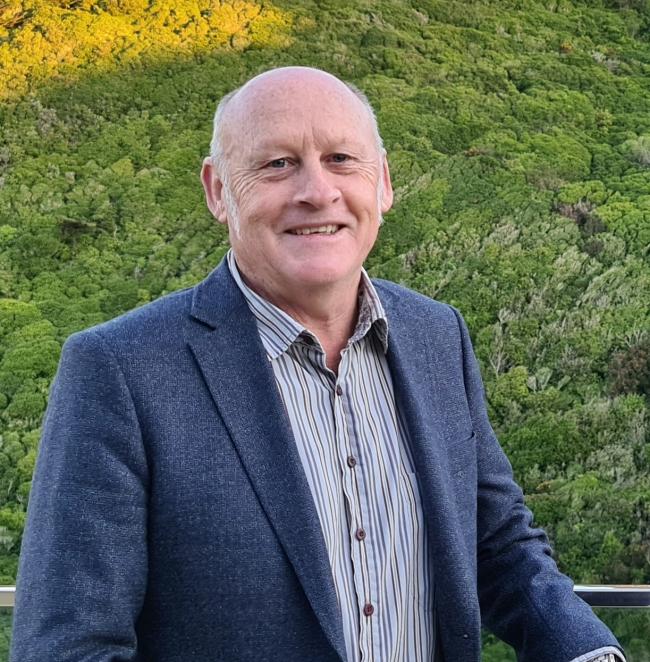
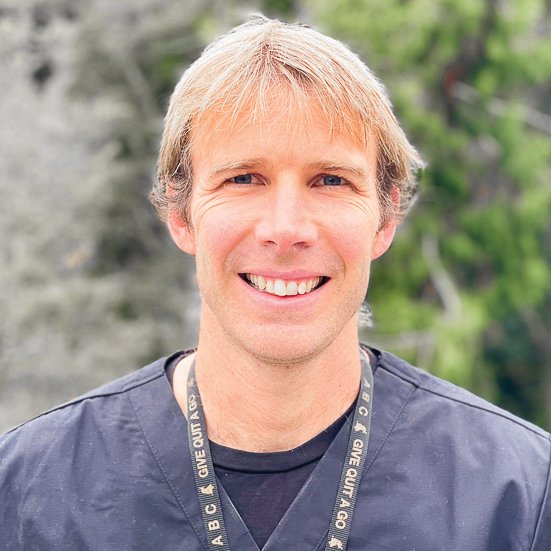
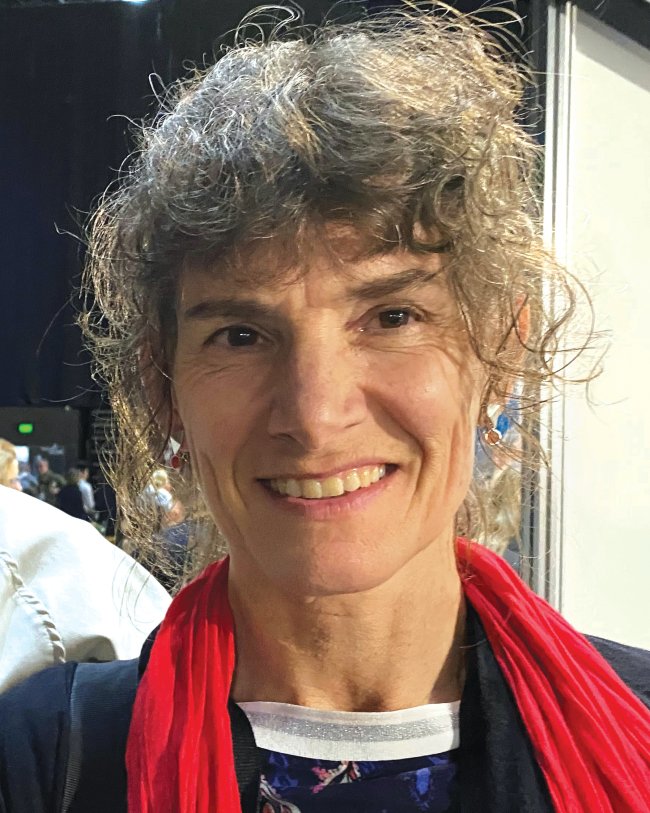
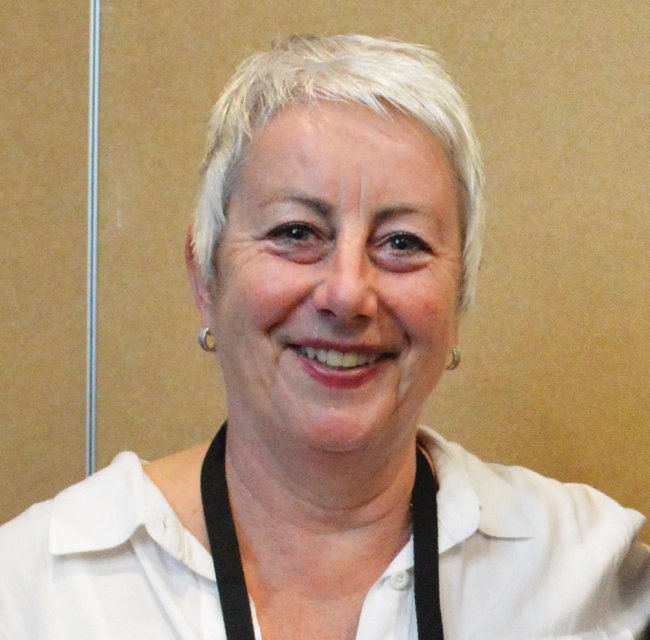
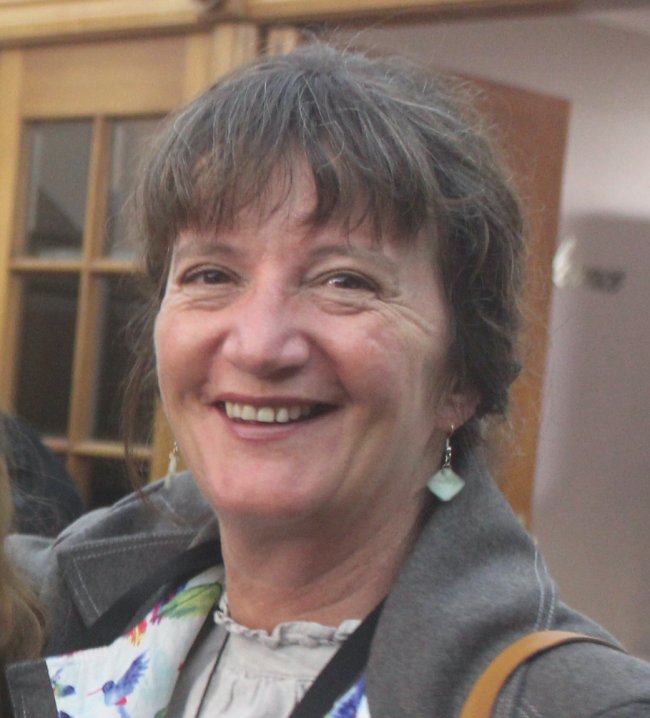
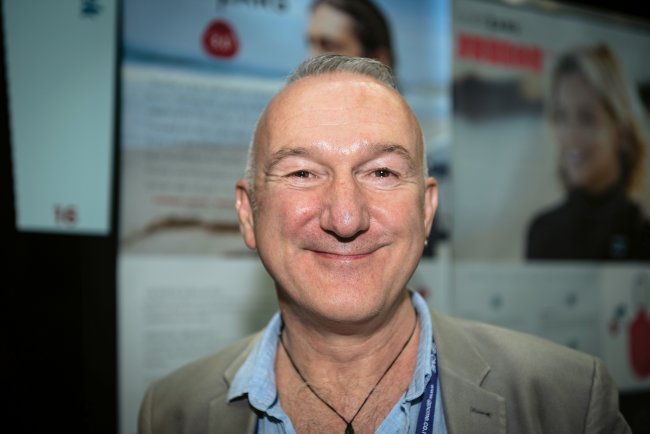


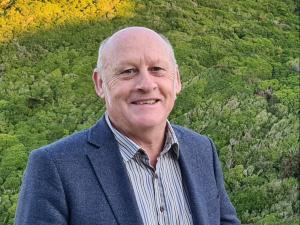
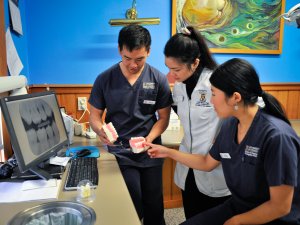




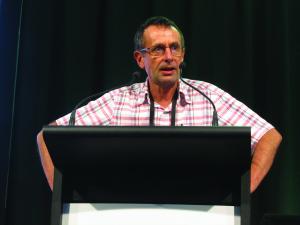

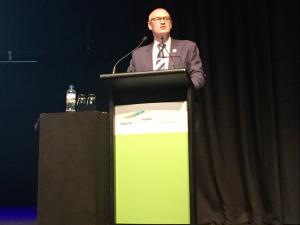
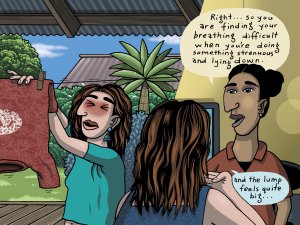

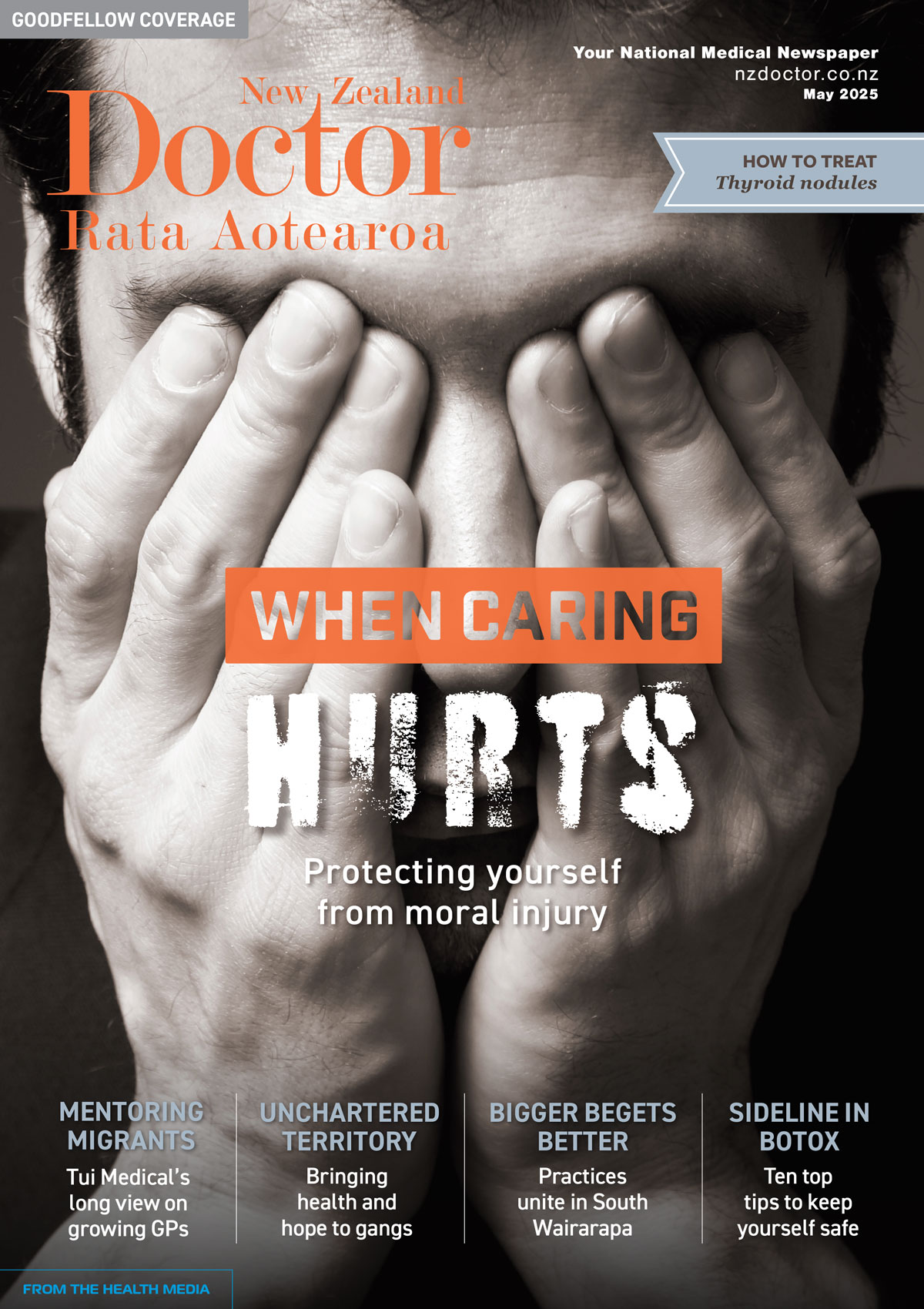
![Barbara Fountain, editor of New Zealand Doctor Rata Aotearoa, and Paul Hutchison, GP and senior medical clinician at Tāmaki Health [Image: Simon Maude]](/sites/default/files/styles/thumbnail_cropped_100/public/2025-03/Barbara%20Fountain%2C%20editor%20of%20New%20Zealand%20Doctor%20Rata%20Aotearoa%2C%20and%20Paul%20Hutchison%2C%20GP%20and%20senior%20medical%20clinician%20at%20T%C4%81maki%20Health%20CR%20Simon%20Maude.jpg?itok=-HbQ1EYA)
![Lori Peters, NP and advanced health improvement practitioner at Mahitahi Hauora, and Jasper Nacilla, NP at The Terrace Medical Centre in Wellington [Image: Simon Maude]](/sites/default/files/styles/thumbnail_cropped_100/public/2025-03/2.%20Lori%20Peters%2C%20NP%20and%20advanced%20HIP%20at%20Mahitahi%20Hauora%2C%20and%20Jasper%20Nacilla%2C%20NP%20at%20The%20Terrace%20Medical%20Centre%20in%20Wellington%20CR%20Simon%20Maude.jpg?itok=sUfbsSF1)
![Ministry of Social Development health and disability coordinator Liz Williams, regional health advisors Mary Mojel and Larah Takarangi, and health and disability coordinators Rebecca Staunton and Myint Than Htut [Image: Simon Maude]](/sites/default/files/styles/thumbnail_cropped_100/public/2025-03/3.%20Ministry%20of%20Social%20Development%27s%20Liz%20Williams%2C%20Mary%20Mojel%2C%20Larah%20Takarangi%2C%20Rebecca%20Staunton%20and%20Myint%20Than%20Htut%20CR%20Simon%20Maude.jpg?itok=9ceOujzC)
![Locum GP Helen Fisher, with Te Kuiti Medical Centre NP Bridget Woodney [Image: Simon Maude]](/sites/default/files/styles/thumbnail_cropped_100/public/2025-03/4.%20Locum%20GP%20Helen%20Fisher%2C%20with%20Te%20Kuiti%20Medical%20Centre%20NP%20Bridget%20Woodney%20CR%20Simon%20Maude.jpg?itok=TJeODetm)
![Ruby Faulkner, GPEP2, with David Small, GPEP3 from The Doctors Greenmeadows in Napier [Image: Simon Maude]](/sites/default/files/styles/thumbnail_cropped_100/public/2025-03/5.%20Ruby%20Faulkner%2C%20GPEP2%2C%20with%20David%20Small%2C%20GPEP3%20from%20The%20Doctors%20Greenmeadows%20in%20Napier%20CR%20Simon%20Maude.jpg?itok=B0u4wsIs)
![Rochelle Langton and Libby Thomas, marketing advisors at the Medical Protection Society [Image: Simon Maude]](/sites/default/files/styles/thumbnail_cropped_100/public/2025-03/6.%20Rochelle%20Langton%20and%20Libby%20Thomas%2C%20marketing%20advisors%20at%20the%20Medical%20Protection%20Society%20CR%20Simon%20Maude.jpg?itok=r52_Cf74)
![Specialist GP Lucy Gibberd, medical advisor at MPS, and Zara Bolam, urgent-care specialist at The Nest Health Centre in Inglewood [Image: Simon Maude]](/sites/default/files/styles/thumbnail_cropped_100/public/2025-03/7.%20Specialist%20GP%20Lucy%20Gibberd%2C%20medical%20advisor%20at%20MPS%2C%20and%20Zara%20Bolam%2C%20urgent-care%20specialist%20at%20The%20Nest%20Health%20Centre%20in%20Inglewood%20CR%20Simon%20Maude.jpg?itok=z8eVoBU3)
![Olivia Blackmore and Trudee Sharp, NPs at Gore Health Centre, and Gaylene Hastie, NP at Queenstown Medical Centre [Image: Simon Maude]](/sites/default/files/styles/thumbnail_cropped_100/public/2025-03/8.%20Olivia%20Blackmore%20and%20Trudee%20Sharp%2C%20NPs%20at%20Gore%20Health%20Centre%2C%20and%20Gaylene%20Hastie%2C%20NP%20at%20Queenstown%20Medical%20Centre%20CR%20Simon%20Maude.jpg?itok=Z6u9d0XH)
![Mary Toloa, specialist GP at Porirua and Union Community Health Service in Wellington, Mara Coler, clinical pharmacist at Tū Ora Compass Health, and Bhavna Mistry, specialist GP at Porirua and Union Community Health Service [Image: Simon Maude]](/sites/default/files/styles/thumbnail_cropped_100/public/2025-03/9.%20Mary%20Toloa%2C%20Porirua%20and%20Union%20Community%20Health%20Service%20in%20Wellington%2C%20Mara%20Coler%2C%20T%C5%AB%20Ora%20Compass%20Health%2C%20and%20Bhavna%20Mistry%2C%20PUCHS%20CR%20Simon%20Maude.jpg?itok=kpChr0cc)